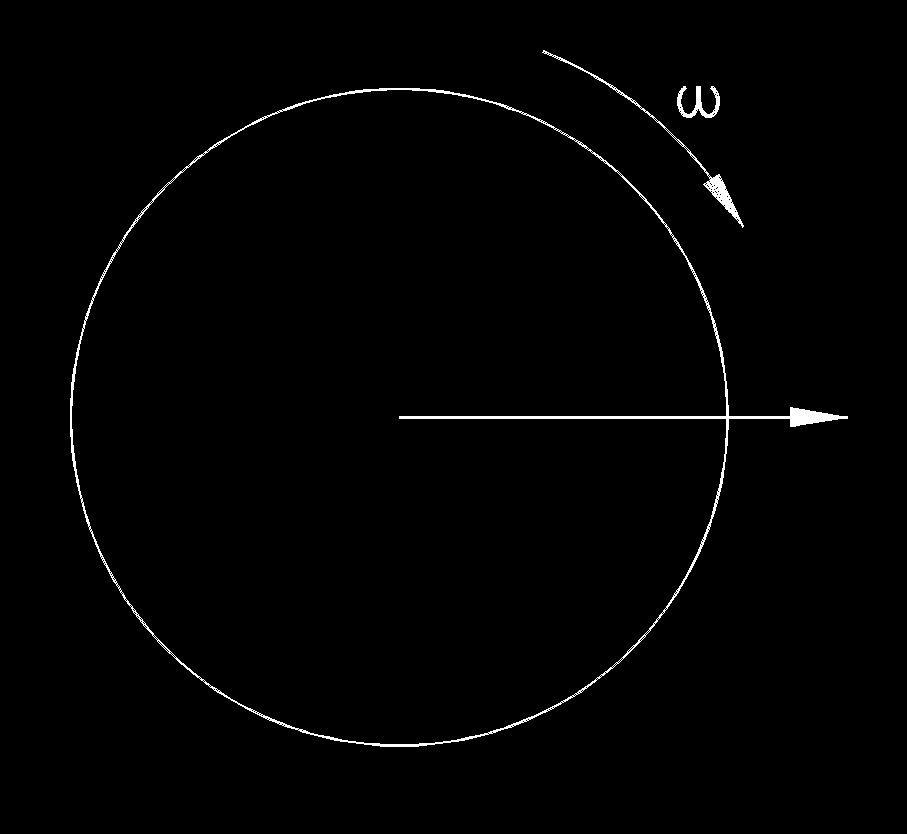Kinetic Energy of a Rolling Object

Rolling kinetic energy, abbreviated as \(KE_{rolling}\), is the sum of translational kinetic energy and rotational kinetic energy. The kinetic energy of a rolling object is the energy it possesses due to its motion. When an object is rolling, it has both translational kinetic (moving in a straight line) and rotational kinetic (spinning around its center).
The Total Kinetic Energy of the Rolling Object is the Sum of these Two Components
Rotational Kinetic Energy - This component is related to the object's rotation about its axis.
In this case, you can calculate the translational kinetic energy and the rotational kinetic energy separately and then add them together to find the total kinetic energy of the rolling object. It's important to note that the presence of rolling friction or slipping can affect these calculations, and the above formulas assume ideal conditions.
Kinetic Energy of a Rolling Object formula |
||
| \( KE_{rolling} = \frac {1}{2}\; m \; v_{cm}^2 + \frac {1}{2}\; I_{cm} \; \omega^2 \) | ||
| Symbol | English | Metric |
| \( KE_{rolling} \) = Rolling Kinetic Energy | \(lbf-ft\) | \(J\) |
| \( \omega \) (Greek symbol omega) = Angular Velocity | \(deg\;/\;sec\) | \(rad\;/\;s\) |
| \( m \) = Mass | \(lbm\) | \(kg\) |
| \( I _{cm} \) = Center of Mass Moment of Inertia | \(in^4\) | \(m^4\) |
| \( v_{cm} \) = Velocity (Center of Mass Without Slipping) | \(ft\;/\;sec\) | \(m\;/\;s\) |

Tags: Energy Kinetic Energy

